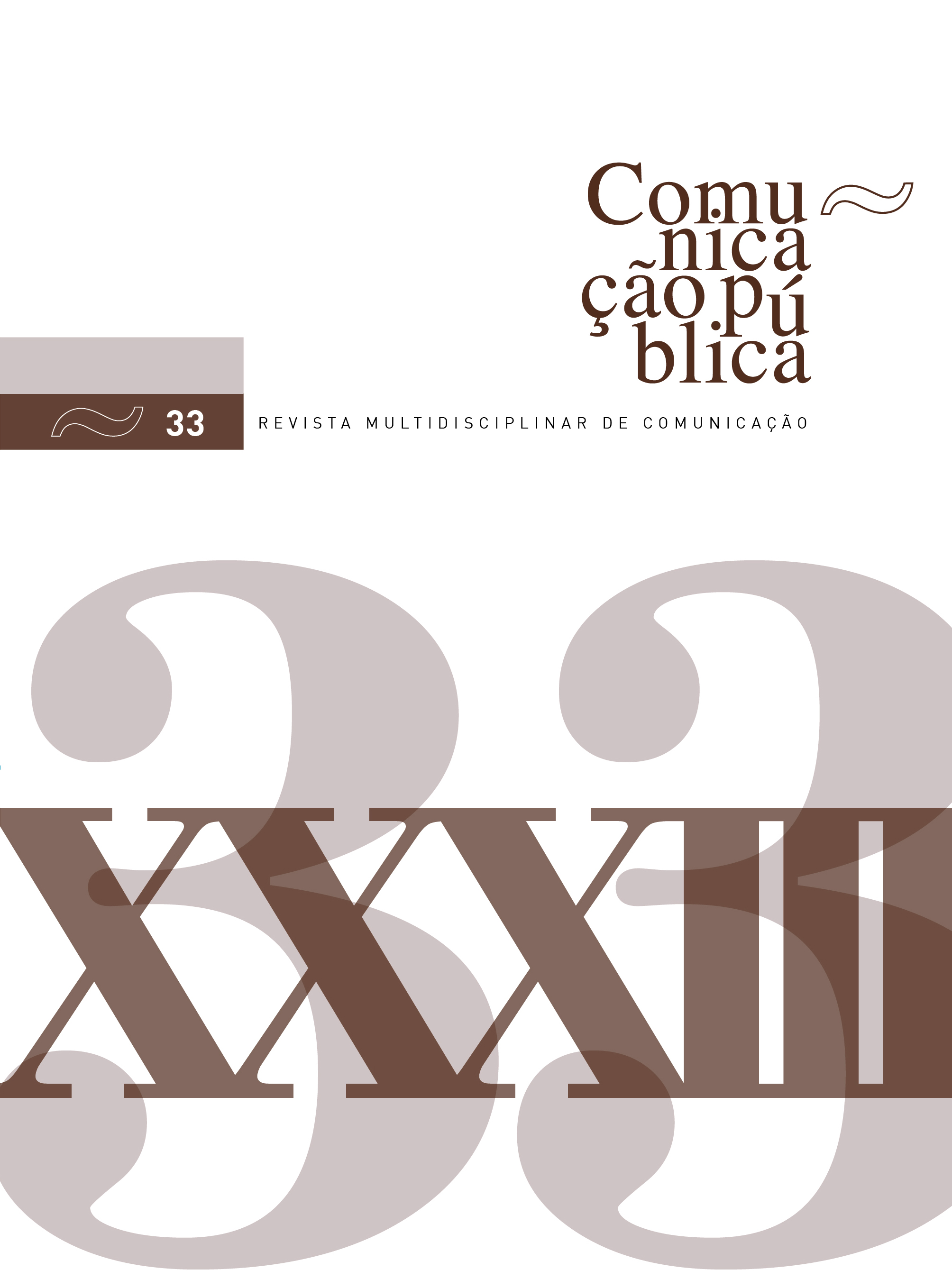Critical thinking applied to media and digital literacies
DOI:
https://doi.org/10.34629/cpublica.515Keywords:
digital, literacy, media literacy, media, critical thinkingAbstract
What are the benefits of critical thinking for a daily practice of media content consumption? What are the information quality criteria in the news media and social networks?
Critical thinking is a careful and insightful mental process of analysis and evaluation. Applied to the media uses and influences, critical thinking is the ability to understand connotations, ideological arguments and implicit assumptions that are often false or persuasive information.
This text is a sociological perspective on the relationship between critical thinking and media and digital literacies. Based on a theoretical and conceptual approach, supported by a bibliographic research, critical attitude is defended as a media literacy tool. The objective is to characterize critical thinking, relate it to media literacy and highlight the criticism as a tool against disinformation in the (digital) public sphere.
Downloads
References
Aristotle. (2016) Metaphysics. Hackett Publishing Company.
Baran, S. J. (2014). Introduction to mass communication: Media literacy and culture. McGraw-Hill.
Baudrillard, J. (2005). The intelligence of evil or the lucidity pact. Berg Publishers.
Bauman, Z. & Lyon, D. (2013). Liquid surveillance. Polity Press.
Bowell, T. & Kemp, G. (2002). Critical thinking: A concise guide. Routledge.
Browne, M. N. & Keeley, S. M. (2018). Asking the right questions: A guide to critical thinking. Pearson.
Buckingham, D. (2000). The making of citizens: Young people, news and politics. Routledge.
Cantoni, L. & Tardini, S. (2008). Communicating in the information society: New tools for new practices. In P. C. Rivoltella, P. C. (Ed.), Digital literacy: Tools and methodologies for information society (pp. 26-44). IGI Publishing.
Cottrell, S. (2005). Critical thinking skills: Developing effective analysis and argument. Macmillan.
Couldry, N., Livingstone, S. & Markham, T. (2007). Media consumption and public engagement: Beyond the presumption of attention. Palgrave MacMillan.
Dewey, J. (1998). How we think. Dover Publications.
Elder, L. & Paul, R. (2016). The thinker’s guide to the art of Socratic questioning. The Foundation for Critical Thinking.
Fisher, A. (2011). Critical thinking – An introduction. Cambridge University Press.
Flew, T. & McElhinney, S. (2006). Globalization and the structure of new media industries, In L. Lievrouw & S. Livingstone (Ed.), The handbook of new media (pp. 287-306). Sage.
Foresman, G. A., Fosl, P. S., & Watson, J. C. (2017). The critical thinking toolkit. Wiley Blackwell.
Fowler, R. (2011). Mythos and logos. Journal of Hellenic Studies, 131, 45-66.
Goodman, N. (1988). Ways of worldmaking. Hackett Publishing Company.
Hague, C. & Payton, S. (2010) Digital literacy across the curriculum. FutureLab.
Han, B.-C. (2017). In the swarm: Digital prospects. MIT Press.
Heidegger, M. (1977). The question concerning technology and other essays. Garland Publishing.
Hobbs, R. (2016). Historical roots of media literacy. In R. Hobbs (Ed.), Exploring the roots of digital and media literacy through personal narrative (pp. 9-36). Temple University Press.
Hoechsmann, M. & Poyntz, S. R. (2012). Media literacies: A critical introduction. Blackwell.
Kellner, D. (2016). On Herbert Marcuse. In R. Hobbs (Ed.), Exploring the roots of digital and media literacy through personal narrative (pp. 126-137). Temple University Press.
Livingstone, S. & Sefton-Green, J. (2016). The class: Living and learning in the digital age. New York University Press.
McLuhan, E. & Zingrone, F. (1997). Essential McLuhan. Routledge.
McLuhan, M. (1953). Culture without literacy. Explorations, 1, 117-127.
McLuhan, M. (1962). The Gutenberg galaxy. The University of Toronto Press.
McLuhan, M. (1967). The medium is the message. Bentam Books.
McLuhan, M. (1994) Understanding media: The extensions of man. MIT Press.
McLuhan, M. & Fiore, Q. (1989). War and peace in the global village. Touchstone.
Moore, B. N. & Parker, R. (2017). Critical thinking. McGraw-Hill Education.
Ortega y Gasset, J. (2009). Meditação sobre a técnica. Fim de Século.
Potter, J. W. (2001). Media literacy. Sage.
Potter, J. & McDougall, J. (2017). Digital media, culture & education: Theorising third space literacies. Macmillan.
Silverblatt, A., Smith, A., Miller, D., Smith, J., and Brown, N. (2014). Media literacy: Keys to interpreting media messages. Praeger.
Warnick, B. (2002). Critical literacy in a digital era: Technology, rhetoric, and the public interest. Lawrence Associates Publishers.
Downloads
Published
Issue
Section
License
Copyright (c) 2022 Direitos do Autor (c) 2022

This work is licensed under a Creative Commons Attribution-NonCommercial 4.0 International License.
Os conteúdos da Comunicação Pública estão licenciados com uma licença Creative Commons - Atribuição-NãoComercial 4.0 Internacional.


